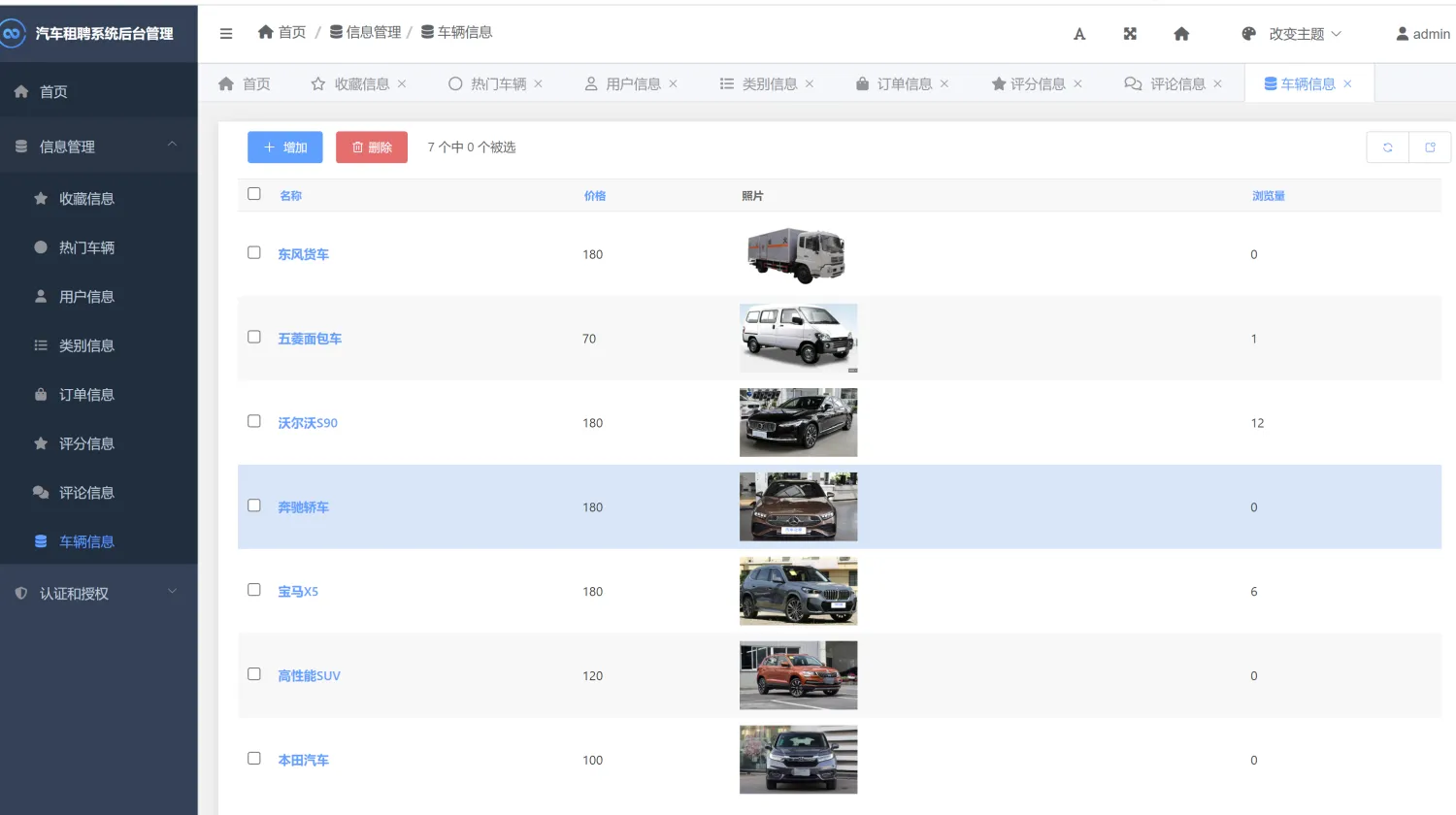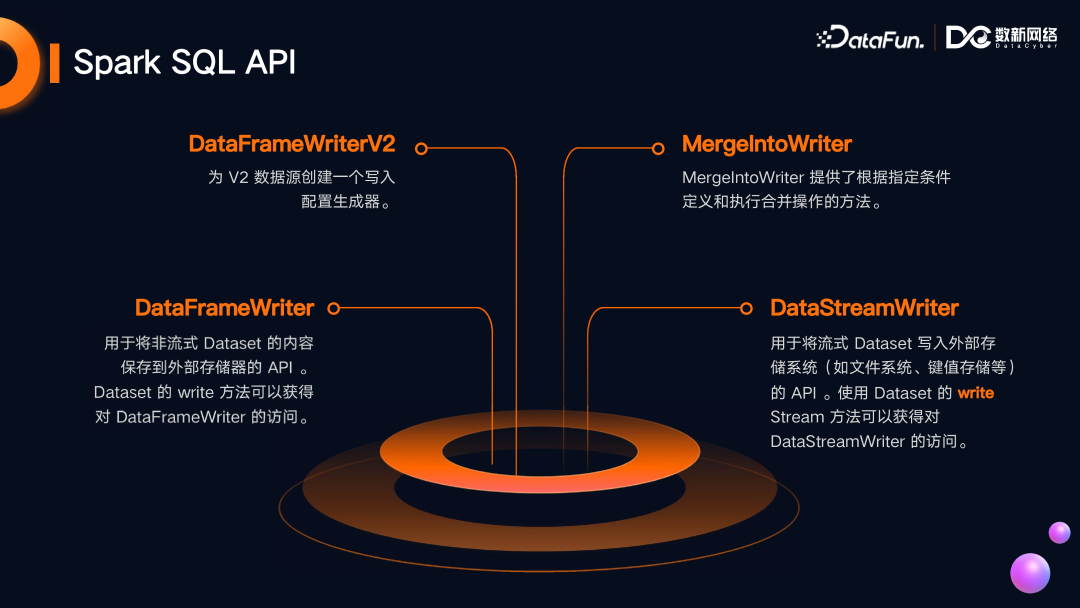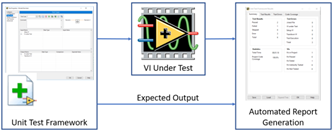一、Spring Boot 简介
Spring Boot 是一个用于创建独立的、基于 Spring 的生产级应用程序的框架。它简化了 Spring 应用的初始搭建和开发过程,通过自动配置等功能,让开发者能够快速地构建应用,减少了大量的样板代码和复杂的配置。
二、核心特性
(一)自动配置
- 原理
Spring Boot 根据类路径中的依赖自动配置 Spring 应用上下文。它使用条件注解(如@ConditionalOnClass、@ConditionalOnMissingBean等)来决定是否需要配置某个组件。例如,如果spring - boot - starter - web在类路径中,并且没有自定义的Servlet相关配置,Spring Boot 会自动配置一个嵌入式的 Web 服务器(如 Tomcat),并配置好Spring MVC的相关组件。 - 优点
极大地减少了手动配置的工作量。以前在 Spring 应用中,需要手动配置很多组件,如数据源、事务管理器等,而在 Spring Boot 中,只要添加相应的依赖,就可以自动完成大部分配置。
(二)起步依赖(Starter Dependencies)
- 概念
Spring Boot 提供了一系列的 “starter” 依赖,这些依赖将常用的功能相关的库整合在一起。例如,spring - boot - starter - web包含了构建 Web 应用所需的 Spring MVC、嵌入式 Web 服务器等相关依赖。开发者只需要在pom.xml(Maven 项目)或build.gradle(Gradle 项目)中添加所需的 starter 依赖,就可以快速引入功能,而无需关心具体需要哪些库。 - 使用示例
在pom.xml中添加spring - boot - starter - data - jpa依赖,就可以在项目中方便地使用 JPA(Java Persistence API)进行数据库访问,无需手动添加 Hibernate 等相关依赖。
(三)内置服务器
Spring Boot 默认支持嵌入式的 Web 服务器,如 Tomcat、Jetty 或 Undertow。可以在application.properties或application.yml中轻松配置服务器的端口、上下文路径等属性。例如,server.port = 8080可以设置应用运行的端口。
三、配置文件
(一)两种格式
- application.properties
这是一种传统的键值对形式的配置文件。例如:spring.datasource.url = jdbc:mysql://localhost:3306/mydb用于配置数据源的 URL。 - application.yml(或 application.yaml)
这是一种更具可读性的、基于 YAML 语法的配置文件,具有层次结构。例如:
yaml:
spring:datasource:url: jdbc:mysql://localhost:3306/mydb
(二)属性注入
- @Value 注解
可以将配置文件中的属性值注入到 Java 类的字段中。例如:
import org.springframework.beans.factory.annotation.Value;
import org.springframework.stereotype.Component;@Component
public class MyConfig {@Value("${myapp.name}")private String appName;// 可以在类的其他方法中使用 appName
}
- @ConfigurationProperties 注解
用于将配置文件中的一组相关属性绑定到一个 Java 类上。例如,配置文件中有以下内容:
myapp:database:host: localhostport: 3306username: rootpassword: password
可以创建一个 Java 类:
import org.springframework.boot.context.properties.ConfigurationProperties;
import org.springframework.stereotype.Component;@Component
@ConfigurationProperties("myapp.database")
public class DatabaseConfig {private String host;private int port;private String username;private String password;// 生成相应的getter和setter方法
}
四、Web 开发
(一)创建 RESTful API
- 使用 @RestController 注解
@RestController是一个组合了@Controller和@ResponseBody功能的注解。在一个被@RestController标注的类中,可以使用@GetMapping、@PostMapping、@PutMapping、@DeleteMapping等注解来处理不同类型的 HTTP 请求。例如:
import org.springframework.web.bind.annotation.*;@RestController
public class UserController {@GetMapping("/users")public List<User> getUsers() {// 返回用户列表的逻辑return userService.getUsers();}@PostMapping("/users")public User createUser(@RequestBody User user) {// 创建用户的逻辑return userService.createUser(user);}
}
- 处理请求参数
- @RequestParam:用于获取 URL 中的查询参数。例如,
/users?id=1,可以在方法中使用@RequestParam("id") Integer id来获取参数值。 - @PathVariable:用于获取 URL 路径中的参数。例如,
/users/{id},可以在方法中使用@PathVariable("id") Integer id来获取参数值。
- @RequestParam:用于获取 URL 中的查询参数。例如,
(二)视图模板(可选)
如果需要开发传统的 Web 页面,可以集成视图模板引擎,如 Thymeleaf、FreeMarker 等。以 Thymeleaf 为例,需要在pom.xml中添加spring - boot - starter - thymeleaf依赖,然后在src/main/resources/templates目录下创建 HTML 模板文件,在模板文件中可以使用 Thymeleaf 的语法来绑定数据和进行逻辑判断等。
五、数据库访问
(一)JPA(Java Persistence API)
- 实体类定义
使用@Entity注解标记一个 Java 类为实体类,表示它与数据库中的表对应。例如:
import javax.persistence.Entity;
import javax.persistence.GeneratedValue;
import javax.persistence.GenerationType;
import javax.persistence.Id;@Entity
public class User {@Id@GeneratedValue(strategy = GenerationType.IDENTITY)private Long id;private String name;private String email;// 生成相应的getter和setter方法
}
- 数据访问接口
可以通过继承JpaRepository接口来实现基本的数据库操作。例如:
import org.springframework.data.jpa.repository.JpaRepository;public interface UserRepository extends JpaRepository<User, Long> {// 可以在这里定义自定义的查询方法(可选)
}
(二)数据库连接配置
在application.properties或application.yml中配置数据库连接信息,包括 URL、用户名、密码、驱动等。例如,对于 MySQL 数据库:
properties:
spring.datasource.url = jdbc:mysql://localhost:3306/mydb
spring.datasource.username = root
spring.datasource.password = password
spring.datasource.driver - class - name = com.mysql.cdriver
六、测试
(一)单元测试
使用 JUnit 等测试框架结合 Spring Boot 的测试支持进行单元测试。可以使用@SpringBootTest注解启动整个 Spring 应用上下文,使用@MockBean注解模拟依赖的组件。例如:
import org.junit.jupiter.api.Test;
import org.springframework.beans.factory.annotation.Autowired;
import org.springframework.boot.test.context.SpringBootTest;
import org.springframework.boot.test.mock.mockito.MockBean;
import static org.mockito.Mockito.*;@SpringBootTest
public class UserServiceTest {@Autowiredprivate UserService userService;@MockBeanprivate UserRepository userRepository;@Testpublic void testGetUsers() {when(userRepository.findAll()).thenReturn(Arrays.asList(new User()));List<User> users = userService.getUsers();assertEquals(1, users.size());verify(userRepository, times(1)).findAll();}
}
(二)集成测试
通过@SpringBootTest注解启动整个应用,测试不同组件之间的交互。例如,测试UserController与UserService之间的数据传递和业务逻辑执行是否正确。
七、实际用例:简单的员工管理系统
(一)需求分析
- 实现一个简单的员工管理系统,能够进行员工信息的查询、添加、更新和删除操作。
- 提供 RESTful API 供前端应用或其他后端服务调用。
- 将员工信息存储在数据库中。
(二)技术选型
- 使用 Spring Boot 构建后端应用。
- 使用 MySQL 数据库存储数据。
- 使用 Spring Data JPA 进行数据库访问。
- 构建 RESTful API 使用
@RestController和相关的请求映射注解。
(三)实现步骤
- 创建 Spring Boot 项目
- 使用 Spring Initializr 创建一个新的 Spring Boot 项目,添加
spring - boot - starter - web和spring - boot - starter - data - jpa依赖,以及 MySQL 数据库驱动依赖。
- 使用 Spring Initializr 创建一个新的 Spring Boot 项目,添加
- 定义实体类
import javax.persistence.Entity;
import javax.persistence.GeneratedValue;
import javax.persistence.GenerationType;
import javax.persistence.Id;@Entity
public class Employee {@Id@GeneratedValue(strategy = GenerationType.IDENTITY)private Long id;private String name;private String department;private double salary;// 生成getter和setter方法
}
- 创建数据访问接口
import org.springframework.data.jpa.repository.JpaRepository;public interface EmployeeRepository extends JpaRepository<Employee, Long> {
}
- 创建服务层
import org.springframework.stereotype.Service;
import java.util.List;@Service
public class EmployeeService {private final EmployeeRepository employeeRepository;public EmployeeService(EmployeeRepository employeeRepository) {this.employeeRepository = employeeRepository;}public List<Employee> getEmployees() {return employeeRepository.findAll();}public Employee getEmployeeById(Long id) {return employeeRepository.findById(id).orElse(null);}public Employee saveEmployee(Employee employee) {return employeeRepository.save(employee);}public void deleteEmployee(Long id) {employeeRepository.deleteById(id);}
}
- 创建控制器
import org.springframework.http.HttpStatus;
import org.springframework.http.ResponseEntity;
import org.springframework.web.bind.annotation.*;
import java.util.List;@RestController
@RequestMapping("/employees")
public class EmployeeController {private final EmployeeService employeeService;public EmployeeController(EmployeeService employeeService) {this.employeeService = employeeService;}@GetMappingpublic ResponseEntity<List<Employee>> getEmployees() {List<Employee> employees = employeeService.getEmployees();return new ResponseEntity<>(employees, HttpStatus.OK);}@GetMapping("/{id}")public ResponseEntity<Employee> getEmployeeById(@PathVariable Long id) {Employee employee = employeeService.getEmployeeById(id);if (employee!= null) {return new ResponseEntity<>(employee, HttpStatus.OK);}return new ResponseEntity<>(HttpStatus.NOT_FOUND);}@PostMappingpublic ResponseEntity<Employee> createEmployee(@RequestBody Employee employee) {Employee savedEmployee = employeeService.saveEmployee(employee);return new ResponseEntity<>(savedEmployee, HttpStatus.CREATED);}@PutMapping("/{id}")public ResponseEntity<Employee> updateEmployee(@PathVariable Long id, @RequestBody Employee employee) {if (employeeService.getEmployeeById(id)!= null) {employee.setId(id);Employee updatedEmployee = employeeService.saveEmployee(employee);return new ResponseEntity<>(updatedEmployee, HttpStatus.OK);}return new ResponseEntity<>(HttpStatus.NOT_FOUND);}@DeleteMapping("/{id}")public ResponseEntity<Void> deleteEmployee(@PathVariable Long id) {if (employeeService.getEmployeeById(id)!= null) {employeeService.deleteEmployee(id);return new ResponseEntity<>(HttpStatus.NO_CONTENT);}return new ResponseEntity<>(HttpStatus.NOT_FOUND);}
}
- 配置数据库连接
在application.properties中配置 MySQL 数据库连接信息:
spring.datasource.url = jdbc:mysql://localhost:3306/companydb
spring.datasource.username = root
spring.datasource.password = password
spring.datasource.driver - class - name = com.mysql.cdriver
- 测试应用
- 可以使用 Postman 等工具来测试创建的 RESTful API。例如,发送 GET 请求到
/employees可以获取所有员工信息,发送 POST 请求到/employees并在请求体中包含员工信息可以创建新员工等。同时,可以编写单元测试和集成测试来确保各个组件的功能正确性。
- 可以使用 Postman 等工具来测试创建的 RESTful API。例如,发送 GET 请求到
















![[ DOS 命令基础 4 ] DOS 命令命令详解-端口进程相关命令](https://i-blog.csdnimg.cn/direct/f9ded5a6488c421cba0921fe7d4bc0bc.png)

